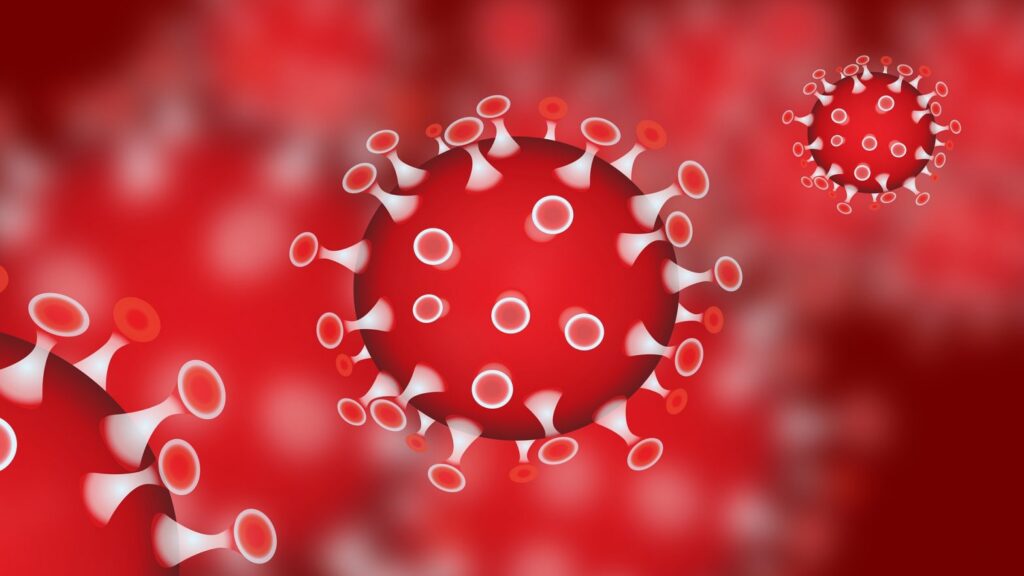
A chemotherapy for brain tumor is the process of killing cancer cells using anti-cancer (cytotoxic) medications. Tumor cells die as a result of the medications’ effects on cell division and self-replication.
Unlike cancer cells, which are more susceptible to damage by chemotherapy, healthy cells are better able to recover after exposure to the drug. After therapy, this indicates that fewer healthy cells are destroyed.
Cancerous cells in your body may be reached by chemotherapy medications that enter the circulation and circulate throughout your body. Direct implantation into the brain or CSF is a possibility in certain cases.
To treat cancer, chemotherapeutic medications are administered intravenously (IV) or orally. These medications enter the circulation and reach practically all parts of the body. However, many chemo medicines aren’t able to penetrate the brain and target tumor cells.
For certain brain cancers, medicines may be administered directly into the cerebrospinal fluid (CSF, the fluid that bathes the brain and spinal cord), either in the brain or into the spinal canal below the spinal cord. For example, a tiny tube known as ventricular access catheters may be used to introduce into a ventricle of the brain during a minor surgical procedure (see Surgery for Adult Brain and Spinal Cord Tumors).
Chemotherapy may be used in a variety of situations.
Chemotherapy is often reserved for malignancies in the brain that are more rapidly developing. Medulloblastoma and lymphoma, two of the most common forms of brain cancers, are more likely to react to chemotherapy than others. Some forms of cancers, such as spinal cord tumors, do not benefit from chemotherapy as much, hence it is used less often for these tumors.
Other therapies including surgery and radiation therapy are often used in conjunction with chemotherapy. For more advanced malignancies or tumors that have returned after earlier treatments, chemotherapy may also be administered alone.
Chemotherapy administration methods
Even while chemotherapy may be administered orally, it can also be administered intravenously (intravenously).
For the treatment of glioma brain tumors, temozolomide is the most often recommended chemotherapeutic medication. You take a pill every day for five days, then take a break for a few weeks. Each of these periods is referred to be a cycle, and it lasts for 28 days. The number of temozolomide cycles you’ll likely have is 6–12, but you may have more.
Chemotherapy’s Newer Varieties
For high-grade, malignant brain tumors that return or expand despite therapy, our scientists are utilizing new kinds of medications that prevent or interfere with cancer cell proliferation.
The following medications fall within this category:
Blood arteries that provide tumors with nutrition and cause them to develop and spread are prevented by angiogenesis inhibitors such as bevacizumab (Avastin®).
Inhibitors that hinder tumor growth factors (such as epidermal growth factor) from reaching their receptors and disrupt cancer cell development and proliferation
Malignancy-fighting medications inhibit the growth of cancerous cells.
Surgical Treatment of a Brain Tumor
Most brain tumors are treated surgically. A neurosurgeon makes an incision in the skull to remove a brain tumor. This procedure is known as craniotomy. As a rule of thumb, surgeons aim to remove the whole tumor whenever feasible. If your doctor determines that removing the tumor in its entirety would cause irreparable damage to your brain tissue, he or she may choose to remove as much of it as feasible. By minimizing pressure on the brain, partial removal minimizes the number of tumors that must be treated with radiation or chemotherapy.
Tumors that cannot be surgically removed are rare. In some circumstances, a biopsy may be all that is necessary. For a pathologist to study it under a microscope and identify the sort of cells it contains, a tiny portion of the tumor is removed. Doctors utilize this information to choose the best course of action.
Occasionally, a needle biopsy is used. To find the tumor’s precise position, doctors employ a specialized head frame (similar to a halo) and CT or MRI images. During surgery, a tiny incision is made in the skull through which a needle is inserted and subsequently removed. Stomatotaxis is the term for using this procedure to perform a biopsy or to treat a medical condition.
Endoscopy, which uses a tiny scope to do biopsies and access spinal fluid channels, and sophisticated frameless stereotaxic computer-aided tumour resections are other cutting-edge surgical methods. It’s also possible to use intraoperative MRI to assist remove as many tumors as possible.
Conclusion:
Cyclic dosing of chemotherapy is the norm. For each treatment and recovery phase, there is an interval of time between the two also brain tumor surgery cost is very affordable too. Most medications may be administered in the doctor’s office or clinic, and patients typically don’t need to remain in the hospital for therapy. In certain cases, a brief hospital stay may be required depending on how medications are administered and the patient’s overall condition.
Direct implantation into the tumor cavity using a novel approach termed convection-enhanced delivery is one of the latest advances in chemotherapy.








